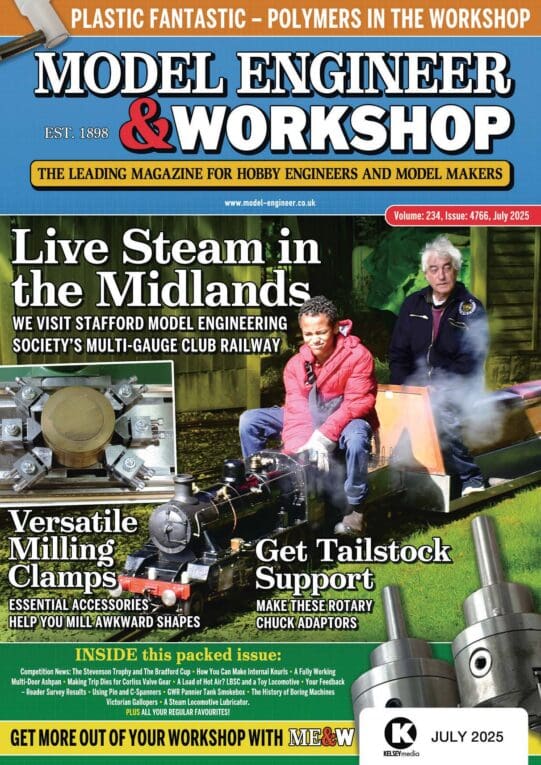Perhaps how highly sensitive levels are used to "level" a bed might help. Say you put the level across the bed up by the headstock and note the reading and then did the same along the bed in several places. If the bed is flat the bubble will remain in the same position as it's moved along the bed. If the bed is twisted the bubble will move along it's scale.
Lets say that the bed is slanted 10 degrees front to back and 10 degrees along it length. There would be a need to adjust the level so that the bubble was near centre to account for the front to back slope as it's unlikely to function that well or even record that degree of slope. The slope the other way wont be a problem because the bubble will still be in the same orientation in the vial all of the time so will only move if the bed is twisted.
MichaelG will probably object to 10 degrees along the bed maybe rightly so depending on the design of the vial but the main point is that the check can still be made with levels that will show significant errors on an ordinary spirit levels. It will make no difference.
When level is being used in terms of machine tools it's more of a verb than anything else – it means to use the level. What they miss out is why and how. It's basically the easiest way to check a bed for twist and as they are analogue rather than digital devices they are extremely sensitive. We can easily eyeball very small bubble movements. Unusual but true compared with the sort of digital slope measuring device we are ever likely to own.
If you must fasten the cabinet down and need a simple way to to stop it rocking I would suggest a suitable size of items such as these. They explain the sizes at the bottom of the page.
**LINK**
Drill the holes for them in the floor. Discard the washers they come with and fit thick penny washers instead. Tighten up the nuts to fix them in place. Another nut and penny washer on the studs you now have to use to adjust and stop the cabinet from rocking. Then nut and washer to lock things in place. The feet may already have holes in them.
Or just pack it so that it doesn't rock. Lathes can fall over side ways as they tend to be very top heavy. That varies from one design to another. In my experience Myfords aren't too bad in that respect as they are pretty light lathes. A Raglan I had was something of a worry in that respect but would have still needed a pretty hefty tilt angle to cause it to topple over. I kept that on 3 broom stales so that I could move it around if needed.
Or if you don't want to fasten it down or order something drill holes suitable for 10mm bolts in the feet. Fit a nut to the bolt to use as a jack with a washer. Set it all up and another not and washer on the top of the feet to lock it all up once it's adjusted. It will be all resting on the heads of the bolts and wont move around very easily.
John
–
Edited By Ajohnw on 27/08/2016 20:30:15
Edited By Ajohnw on 27/08/2016 20:33:10
Edited By Ajohnw on 27/08/2016 20:40:18
Hopper.





